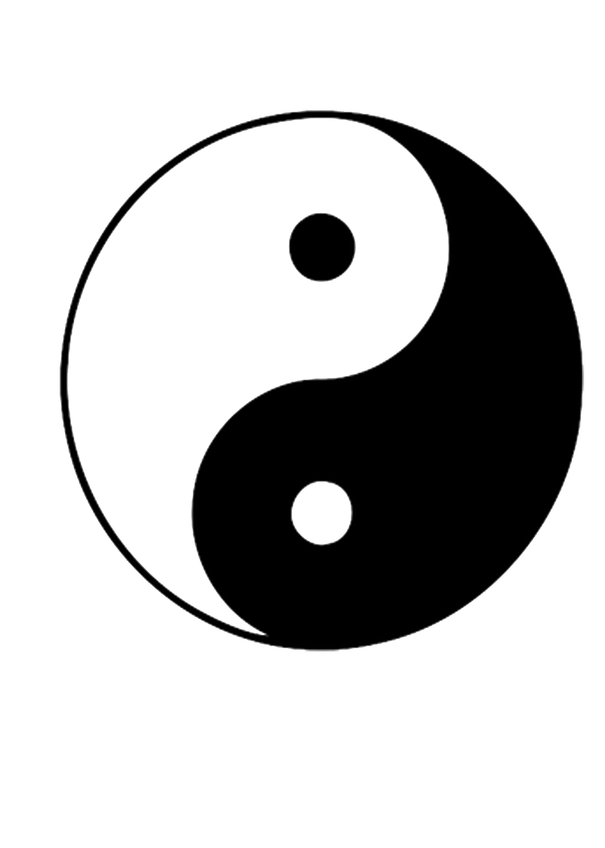Yin and yang symbolise the Dao or ‘way’. This ‘way’ teaches that Yin and yang are two sides of the same coin. Two sides of Qi or Ch’i (life-force) which are complementary to each other and dependant upon one another. The goal is harmony. A balance between giving and taking. Sounds good. Makes sense, doesn’t it? On the surface, yes. But let’s dig a little deeper.
I agree that equilibrium is achieved by even-handed, just behaviour. It is vital to achieve harmony and health. For there is indeed a time to keep and a time to throw away, a time to tear and a time to mend, and in our broken, mixed-up world, even a time for war and a time for peace. But why must there be a time for war? Why not only peace? Is this tension really necessary? Must everything have a complementary opposite for harmony to be achieved? Contrary to the teachings of Daoism, I contend no.
If there is peace, why do we need war? If something isn’t broken, then it doesn’t need fixing. If something is complete, it doesn’t require anything else to make it more complete. In such cases, thankfulness is all that is necessary to experience joy and harmony. Appreciation and contentment maintain this state indefinitely.
Darkness is not the complementary opposite of light. Darkness is the absence of light. Just as, we don’t need evil to complement goodness. On the contrary, evil is the absence of good, not its opposite. Contrary to the Dao, where there is true light, there can be no darkness. In true darkness, all light has gone. The darkness of evil occurs when goodness is diluted, hidden or suppressed, when something pure is twisted or misused.
Yes, it is sadly true that we all too often have to experience loss to appreciate what we have had. But that is because we so quickly take for granted the good we have and never satisfied. We always yearn for more.
Question; when will you have enough?
When will you be satisfied?
Is goodness not enough?
